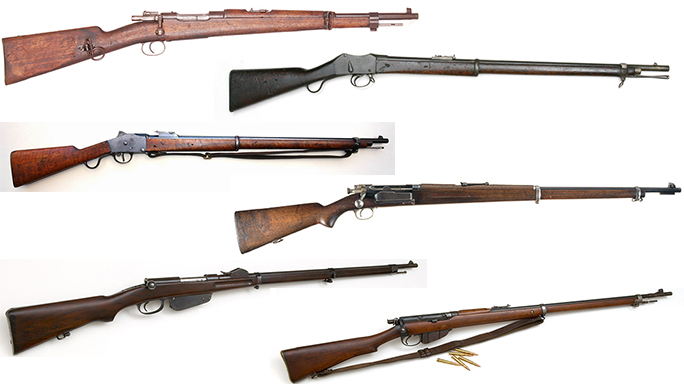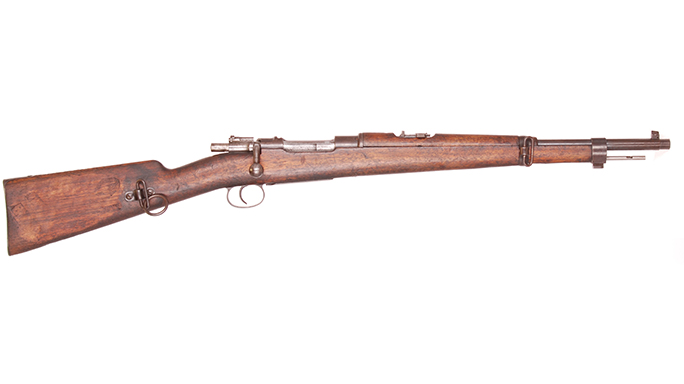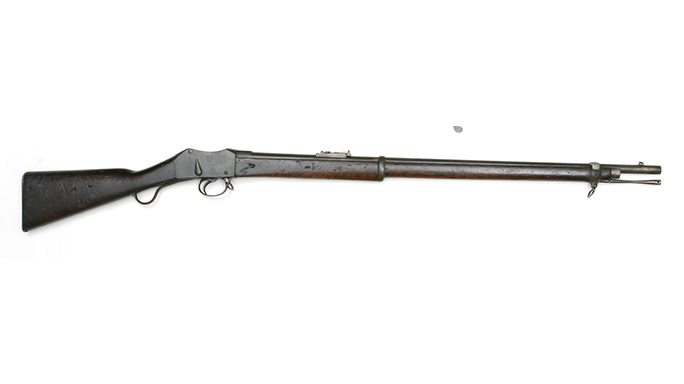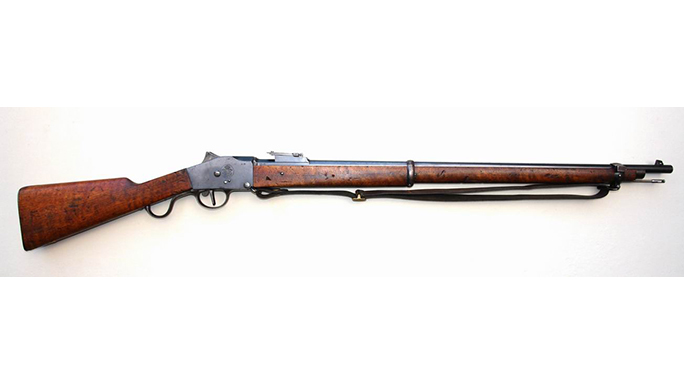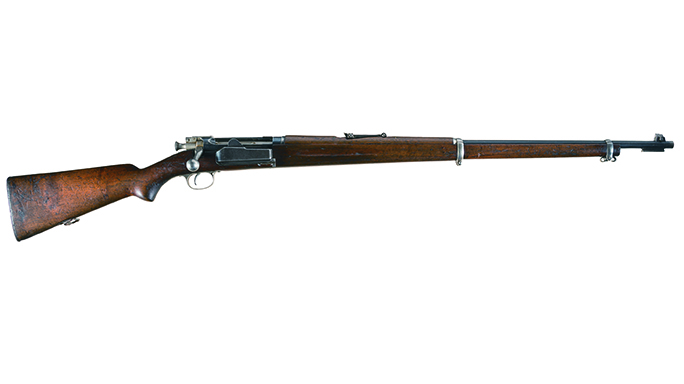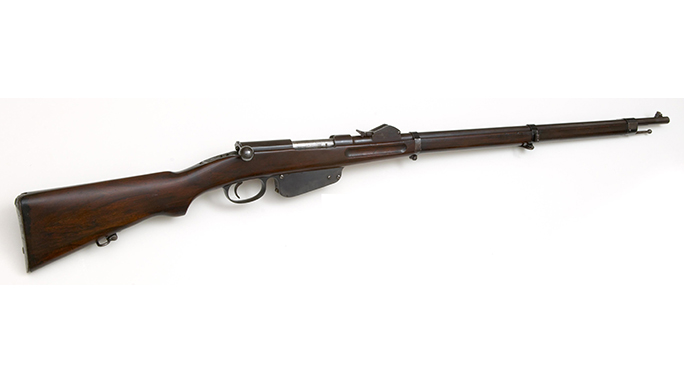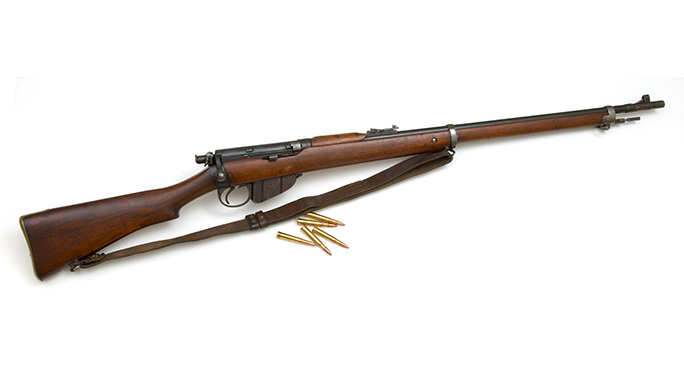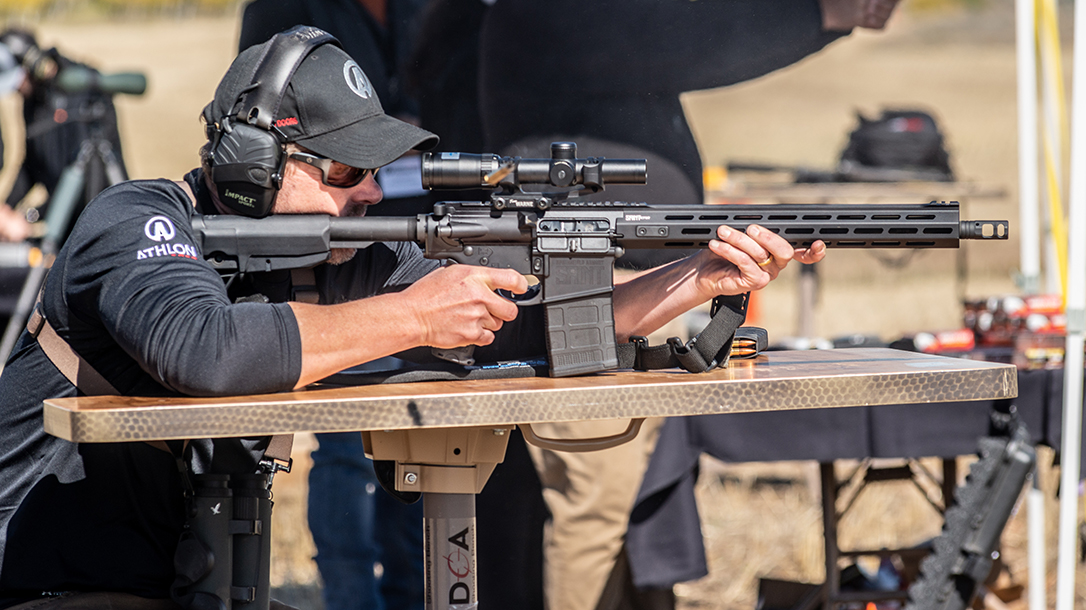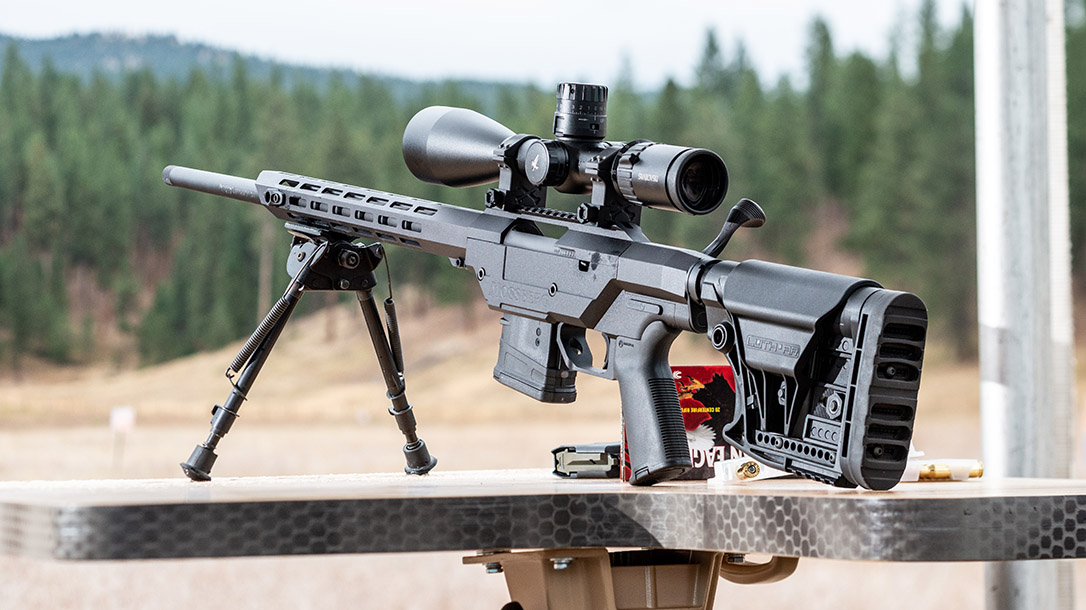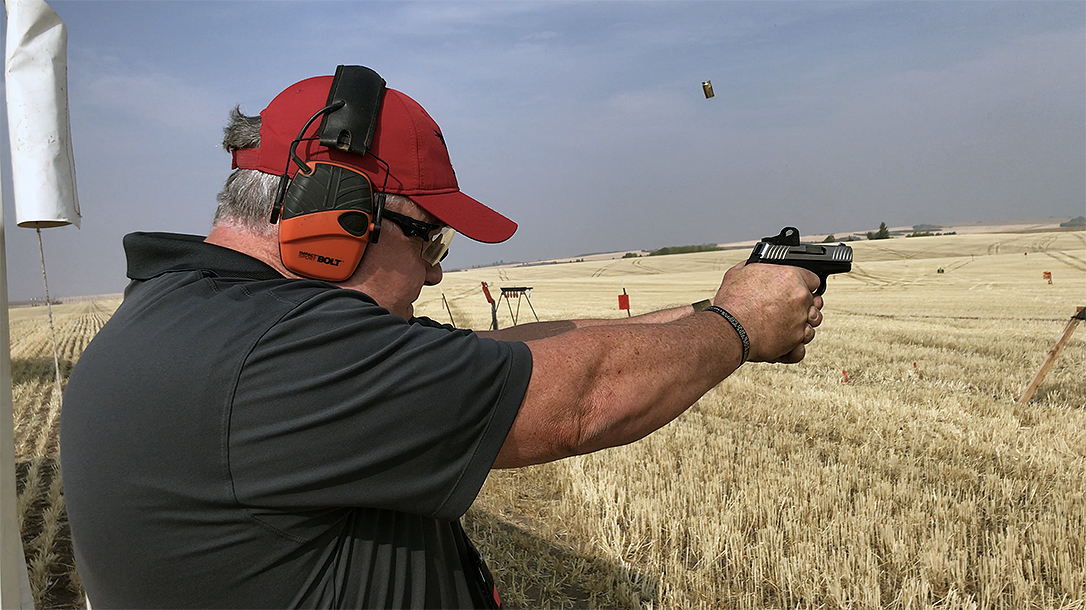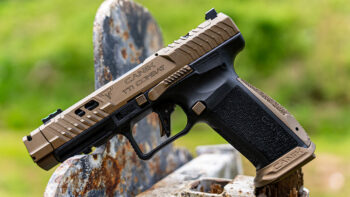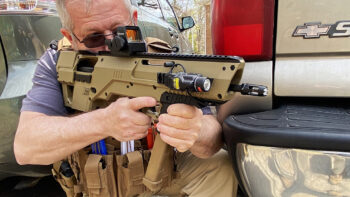On January 24, 1900, 1,700 British soldiers made a night march and occupied Spion Kop (“Lookout Mountain”) along the Tugela River in South Africa. After driving off Boer sentries, they dug a series of shallow trenches in the rocky soil and sat down to eat their rations and awaited the arrival of their promised support. British commanders believed that this move would give them the high ground to put the Boer lines under threat of artillery bombardment, forcing them to withdraw, and thus permitting the British to advance and lift the siege of the city of Ladysmith in Natal province. It would also be the first significant British victory of the Second Anglo-Boer War.
But as the dawn breeze blew away the fog, the British realized that they had not reached the hill’s crest but had, in fact, dug in on a false ridge. Afrikaner rifleman of the Pretoria and Carolina commando units occupied the true crest—a knoll 300 yards away from the British trench line.
Accurate rifle fire from the Boer marksmen pinned the British down and, with the aid of artillery, began to whittle down their numbers. British soldiers could not raise any parts of their bodies above the trenches without immediately drawing fire. That night the British withdrew after suffering nearly 1,200 casualties. It was another military and morale disaster for the British soldiers, who had already suffered far too many at the hands of these upstart farmer-soldiers.
But for the stubborn and pious Boers—“Afrikaners” was the term they used for themselves—these victories led them to attributing their successes to “vertroue in God en die Mauser” (faith in God and the Mauser).
Boer Commandos
The Boer republics of the Orange Free State (OVS) and the South African Republic (ZAR, or more commonly known as the “Transvaal”) had been at odds with the British Empire for decades. The discovery of gold and diamond deposits in the Transvaal proved the final argument for imperial expansionists back in London, and the foreign office set in motion events that quickly led to open hostilities.
The Boer commando system dated back to the early days of the Dutch settlement of the southern tip of the African continent in the 17th century. When danger threatened, all Boers (also known as burgers or “citizens”) between the ages of 16 and 60 were required to join commandos from their municipalities or rural districts.
Each man had to supply his own horse, rifle, ammunition and rations sufficient for two weeks, after which time the central government was to resupply them. Members of a commando elected their own officers, whose orders they could also vote to disobey! Commandos were grouped into a larger force under the command of a general appointed by the republic’s president.
While viewed with disdain by European military officers, for more than two centuries this system had defeated Bantu armies such as the Zulus and the British army in the First Anglo-Boer War (1881), which rankled many British officers.
Both republics also maintained well-equipped artillery units and paramilitary police forces. Realizing war with the British Empire was inevitable, the Boer republics sent agents to Europe to buy more weapons—primarily rifles. Let’s examine six of them in the gallery above.
Ending The Boer War
To eliminate the commandos, the British began rounding up Afrikaner families from the veldt, destroying their farms, crops and livestock. Boer women and children were put into “concentration camps” where poor sanitation, lack of medical care and an inadequate diet led to disease and death on a large scale. These harsh measures left bitter memories and anti-British emotions that exist to the present day.
After three years of hard fighting, the British, by sheer weight of numbers—more than 400,000 soldiers plus at least 100,000 black “volunteers” against no more than 46,000 Boers in the field at any one time—began to gain the upper hand. Finally, even the most die-hard of the Bitter-einders (bitter enders) agreed to negotiations, and on May 31, 1902, the Treaty of Vereeniging was signed, whereby the Boer republics came under British control.












